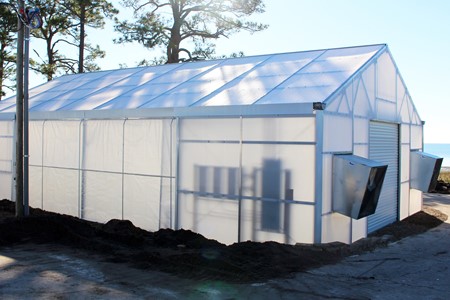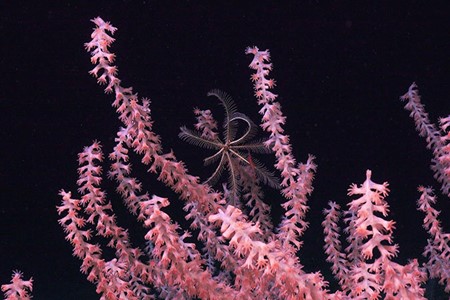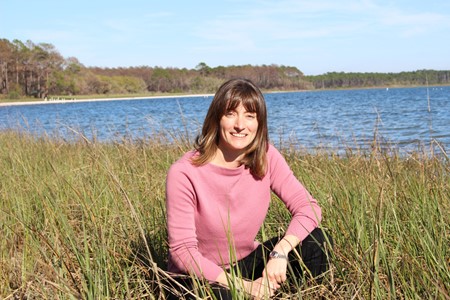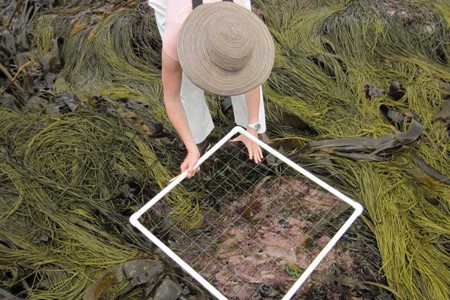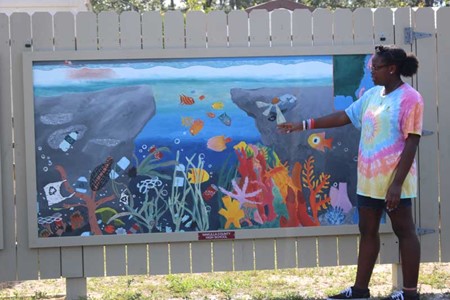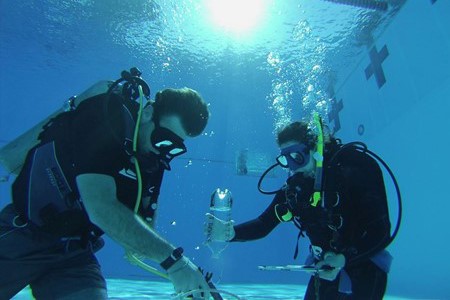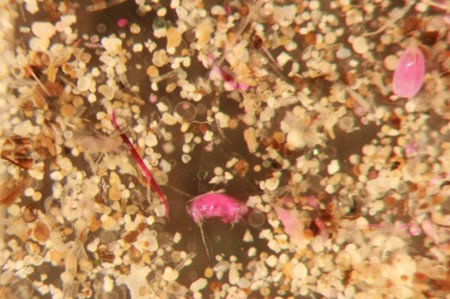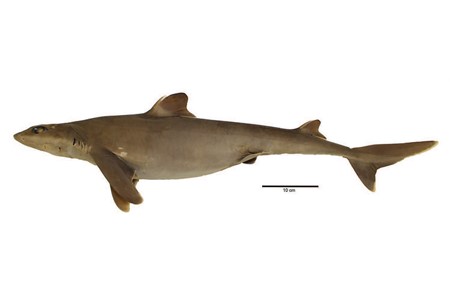Eli Myron, an Honors student in Biological Science, was awarded the Fulbright Fellowship to help fun his research in "Enhancing Philippine Reef Restoration Strategies Through 3D Reconstruction." Read on for more about this prestigious award!
2019/20 Experimental Hatchery Build
The bridge hatchery started on November 25, 2019, Rippee Construction, Inc., is nearing completion. New hatchery manager, Joe Rocco, is busy getting the equipment together that will make it a reality. We look forward to having it online to support major research efforts of the Apalachicola Bay System Initiative. Stay up-to-date with our picture timeline by clicking the link below.



